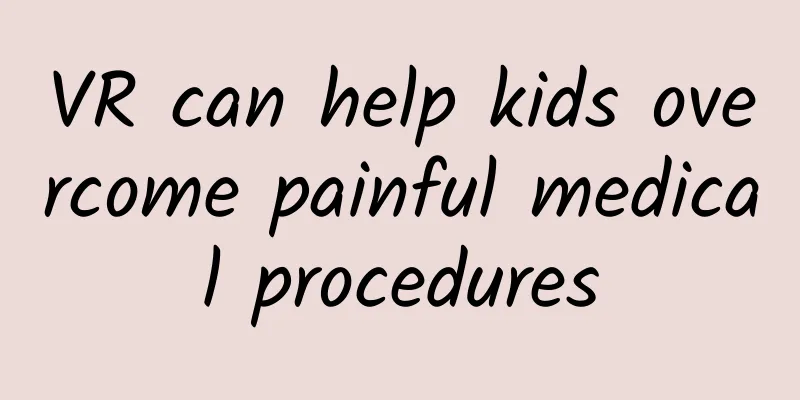VR can help kids overcome painful medical procedures

|
Children often feel anxious and fearful about having painful medical procedures, but if you tell them they have a chance to see cheeseburgers floating in space while they're being treated by a doctor, they might feel a little different. Children's different reactions are why Stanford Packard Children's Hospital is pioneering the use of virtual reality technology. As one of the first hospitals in the country to implement distraction-based VR therapy, Packard Children's Hospital immerses children in fun and immersive experiences that can significantly reduce their anxiety and even pain. This isn’t the first time Packard Children’s Hospital has used innovative methods to ease patients’ anxiety. In 2015, Sam Rodriguez and Thomas Caruso, co-founders of Packard Children’s Hospital’s Child Anxiety Reduction through Innovation and Technology (CHARIOT) program, first launched VR programs including bedside entertainment and relaxation theater. The system projects a large-screen video onto the patient’s gurney so they can watch a movie or music video while on the way to the operating room. In early 2017, the Innovative Technology to Reduce Childhood Anxiety program launched an interactive game video called Sevo the Dragon, which is projected onto a screen while a patient is receiving anesthesia, so children have something fun to do while breathing medication through a mask. The researchers are currently conducting further studies to determine how much of an impact VR has on pain and anxiety levels during certain procedures, and so far the results are promising: Children immersed in the VR world tended to be more cooperative and less fearful during treatment, and also reported less fear during procedures like having their blood drawn. VR Interventional Therapy is currently being used in certain areas of the Packard Children’s Hospital’s 6-year-old emergency department, and will be expanded to all nursing floors and outpatient clinics throughout the hospital by the end of 2017, and will even be used in the labor and delivery department. Children should not be afraid of visiting the doctor, as some experiences can cause phobias to persist into adulthood. Needle phobia is a common example, and it is one of the main reasons many adults refuse vaccinations. Now when patients wear VR glasses to receive treatment, their pain should be reduced. Source: Omelette translated from howstuffworks |
<<: ResumeGo: How LinkedIn affects job seekers' interview chances
Recommend
What should we do in case of sudden cardiac arrest?
Author: Zhang Huanzhou Yixi Medical College Revie...
I popularize science, you listen | How to find out if you have peripheral vascular disease as early as possible
Your browser does not support the audio tag =====...
What are the breast health tips?
I believe everyone knows the importance of breast...
What to eat after eating hot pot to help digestion? How should patients with hypertension eat hot pot?
Agaricus blazei is a common mushroom food, and it...
How to shrink the uterus quickly? These 7 methods are sure to work
It takes about 40 days for a woman's uterus t...
What is the cause of clear watery leucorrhea?
From the clinical point of view, normal leucorrhe...
Can I get pregnant if I have sex two months after giving birth?
Most couples of childbearing age want to resume n...
What can pregnant women eat to feel better after vomiting?
Morning sickness is basically a pregnancy reactio...
How can women practice 11-character abdominal muscles faster?
Women exercise for their body shape. As long as t...
How do women maintain their uterus?
It is very important for women to take care of th...
What is the reason for continuous leucorrhea?
Under normal circumstances, healthy women will ha...
What should I do if the leaves of gardenia turn yellow? How to grow gardenia?
Gardenia (scientific name: Gardenia jasminoides),...
What are the causes of an immature cervix?
If the cervix is immature, it will affect the p...
What Chinese medicine can I take to treat amenorrhea?
Menstruation generally occurs between the ages of...
What are the kidney-tonifying foods for women?
I believe everyone has heard of the disease of ki...









